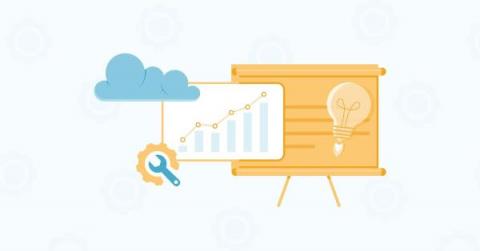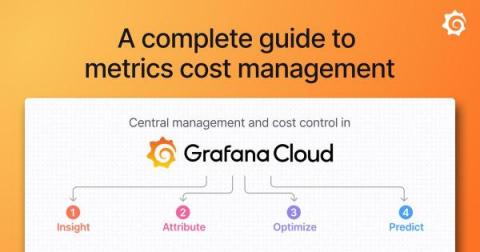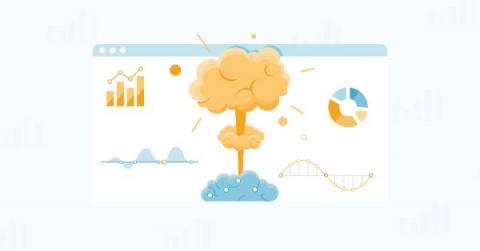Cloud Computing Market Size And Key Insights You Need To Know In 2023
Over the next five years, the cloud computing market is expected to grow at a compound annual growth rate (CAGR) of 18.3%. Cloud-based services are becoming increasingly popular with businesses of all sizes, contributing to the growth of this market. When you consider the other benefits involved, that makes a lot of business sense.











